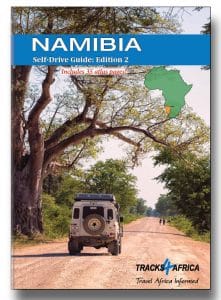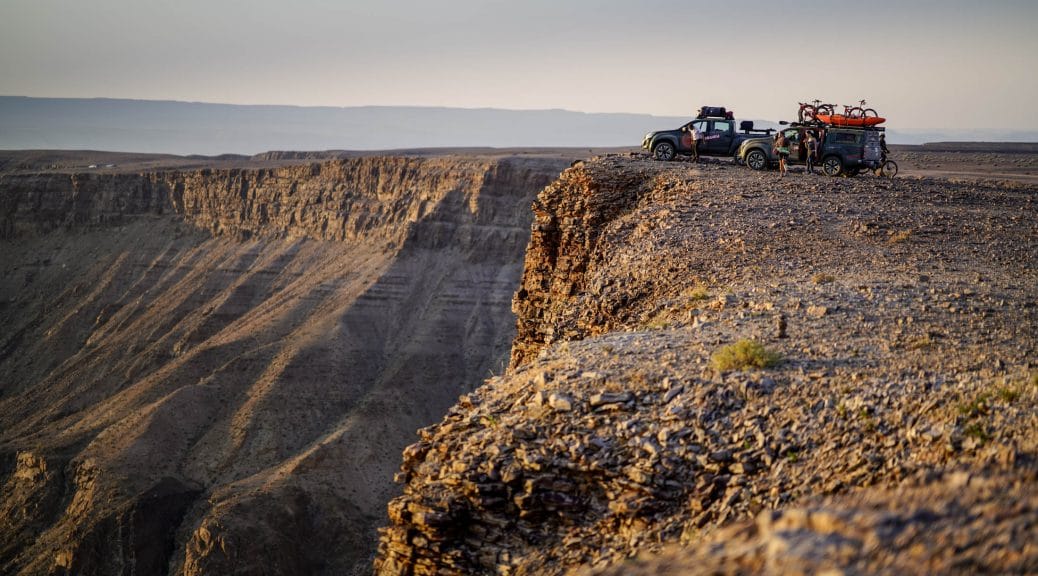Overlanding within the /Ai-/Ais Richtersveld Transfrontier Park makes for many moments of minimalist beauty. This arid wilderness begs to be explored along sandy tracks and back road passes. By Jacques Marais
My most recent visit to this arid mountain desert coincided with our Beyond Aukoerebis expedition, a family-friendly exploration of five southern African deserts. We entered the Richtersveld section of the transfrontier park at Sendelingsdrift, jolting on the rugged Akkedis Pass along a selection of sandy tracks all the way to Tatasberg camp site.

Here you can pitch your tent upon the hypnotic edge of the slow flow of the Orange River, just a few kilometres upstream from the well-known De Hoop camp site. Adventure awaits all round, especially if you’ve packed your outdoor toys (and yes, I mean ALL of them). Anything goes, from trail running and trekking into the craggy peaks, to paddling and fishing on this gorgeous stretch of water.
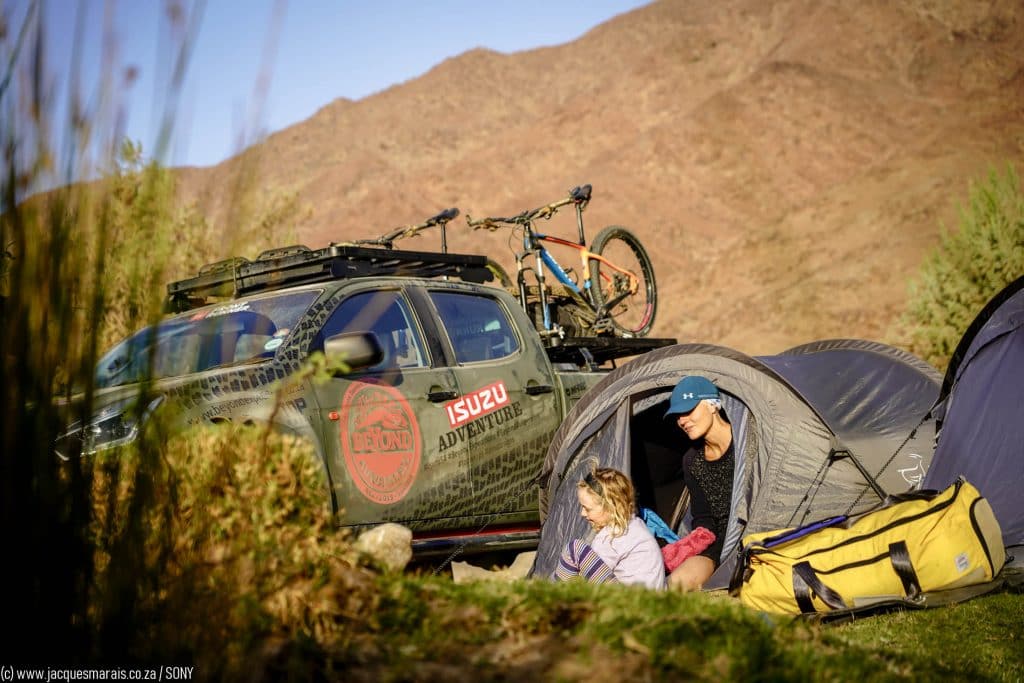
Most visitors prefer to experience the area with a little help from an internal combustion engine, and if you’re in a 4×4, you would not want to miss out on Helskloof. This rugged pass boasts a rather steep incline along a gritty and eroded surface all the way to a lofty summit. The views, especially when the Aloe pearsonii are in bloom, are sure to blow you away.
Also read: Five reasons to visit the Richtersveld Transfrontier Park
Crossing into Namibia
From Richtersveld National Park, we crossed the Orange River by ferry at Sendelingsdrift, and ventured into the southern heartland of our immediate neighbour, Namibia. The pont is open as per regular border post times, and has been operational since 1974. Even better, it will save you a 485km round trip to get to the /Ai-/Ais side of the transfrontier park.
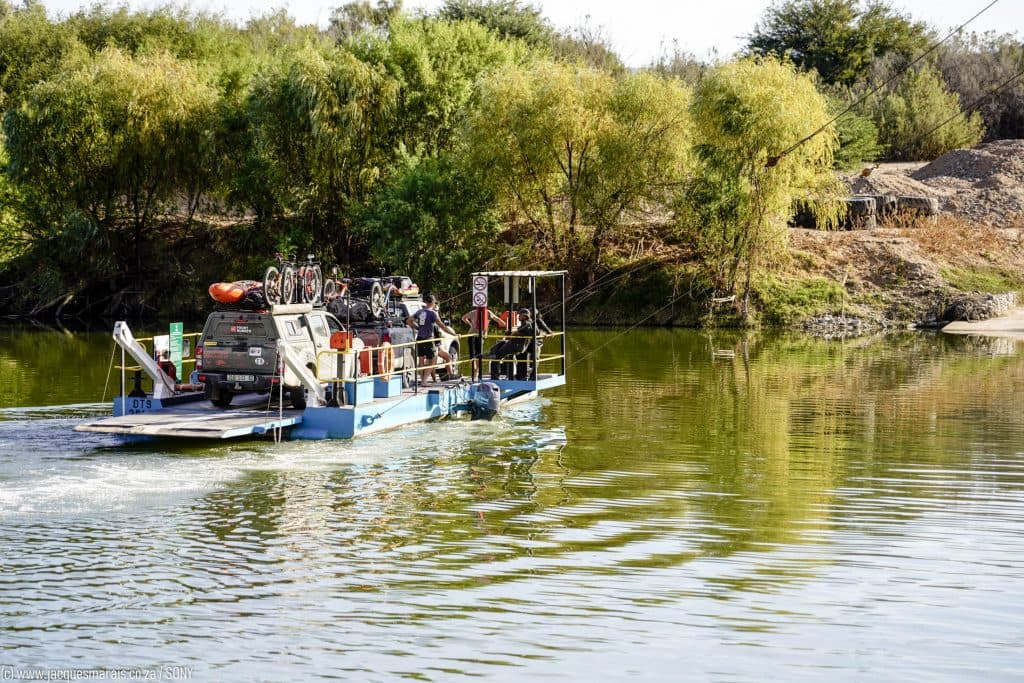
The buzz of /Ai-/Ais Rest Camp is good if you’re in search of some human interaction, but does get very overcrowded during the school holiday season. This is to Namibia what the Bela-Bela ‘Warm Baths’ are to the Rainbow Nation. Despite a bit of wear and tear, the mineral baths are in great shape, and few things can be more enjoyable than soaking in the outdoor springs while checking out the craggy peaks sky-lining all round.
The wonderfully wild Gamchab Canyon, however, is utterly off-the-grid. Wild camping here can make /Ai-/Ais feel like an overpopulated dorpie. On the Desert Knights MTB tour, riders pitch their tents in the lee of a vertical rock wall topping out at over a 100m high. Above is a sky heavily hung with billions of glittering stars.
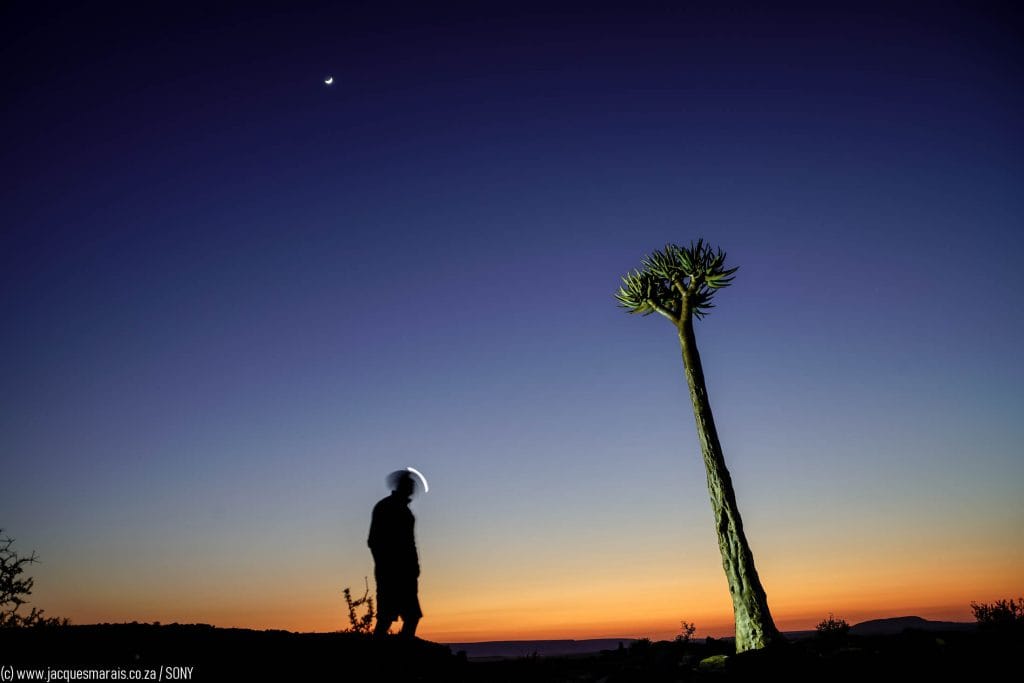
The /Ai-/Ais Richtersveld Transfrontier Park (ARTP) is the perfect place to grab your camera and tripod, and head into the hills. The dark zone hours on new moon nights means cracking stargazing and night photography, and you are bound to capture some superb star-trail images. And while you’re about it, keep an eye out for the glinting eyes of solifuge spiders and parabuthus scorpions scuttling about amidst shards of slate and gneiss.
Also read: Essential travel tips for southern Namibia
Road stop with a difference
The gravel road to Hobas makes for another beautiful drive along a quality Namibian district road, with quiver trees and rusted car wrecks creating visual points of interest along the way. Your main attraction here is obviously the dramatic views over the Fish River Canyon, but do yourself a favour and pop in to visit Canyon Roadhouse.
It is an absolute institution in these parts, with bratwurst, eisbein and strudel sure to make you stuff your face. If you’re a vintage vehicle buff, the vast collection of antique cars, trucks and motor bikes here will certainly add to the appeal of this bizarre desert stop.

At the end of the day, this is what really makes the ARTP so interesting. A road trip through this transfrontier park offers different strokes for every kind of folk. So, go get your kicks on a craggy canyon trek, watch the moonlight dance on a still river pool, or navigate one of those winding gravel passes …
Whatever way you may choose to spend your days does not really matter, as long as you get to do it is in this hallucinogenic desert.
Travel Namibia informed
T4A’s Namibia Self-Drive Guide is an indispensable resource for overlanders eager to explore this vast desert nation. At 400 pages, it’s loaded with information on major attractions, road conditions, campsites, trip planning and more. The traveller descriptions provide context and recommendations, helping you to make the most of your journey.
Get your copy.
